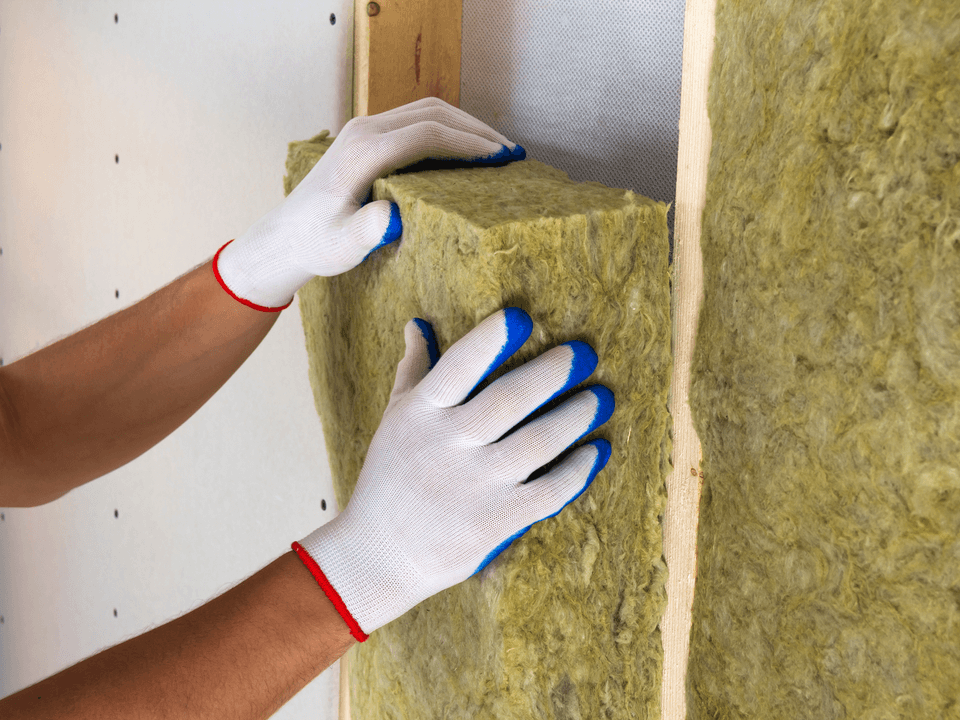
The building sector was responsible for 38% of all energy related CO2 emissions in 2019, with a record level of CO2 emissions [1]. In response, the Government has committed to meet net zero emissions by 2050 and introduced the Future Homes Standard commitment for 2025 “…for new build homes to be future-proofed with low carbon heating & world-leading levels of energy efficiency” [2]. In the intermediate, an uplift to Part L regulations was released in December 2021 and will come into effect from June 2022.
The fabric of a building, is considered to be one of the most important aspects to help reduce capital and operational costs, improve energy efficiency, and reduce carbon emissions. A ‘fabric first’ approach to building design involves maximising the performance of the elements (floor/ wall/ roof) and materials that make up the building fabric itself. As a result, the building will be effectively future-proofed and the prospect of retrofitting or maintenance measures being required in the future will be less likely - a matter that we are currently experiencing with government promoting the retrofitting of existing UK housing stock to increase insulation levels.
In addition to the reduced carbon benefits, insulation plays a fundamental role in delivering thermal comfort and wellbeing to its occupants by maintaining an ambient temperature inside the building, irrespective of the external temperatures. This has a major impact on the affordability of housing and reduces fuel poverty.
The way we calculate the heat loss through a building element is called a U-Value, which measures the total thermal resistance of all the layers in a construction. The lower the U-Value, the better insulated the building element i.e. less heat loss.
U-Values are used to demonstrate a building's performance against the standards set out in Building Regulations. To ensure that the building complies with Part L regulations (England and Wales), developers usually need to exceed the standards and the U-Values are governed by the SAP (residential) or SBEM (non-residential).
Our Galaxy Technical Services (GTS) team can efficiently provide U-value calculations, in accordance with BR 443: U-value conventions, whilst specifying the most suitable insulation products associated to the cost and availability to ensure you get the best value.
The material in each of the individual layer in the construction build-up has a thermal conductivity, also known as a K-value or lambda value, which measures a materials ability to conduct heat. Materials with low thermal conductivities, such as PIR insulation with a lambda of 0.022 W/mK, allow less heat energy to pass through, compared to loft roll insulation, for example, with a lambda up to 0.044 W/mK.
| Insulation Material | Typical thermal conductivity |
| Phenolic | 0.018 – 0.021 W/mK |
| PIR (polyisocyanurate) | 0.021 – 0.023 W/mK |
| Graphite EPS (Expanded Polystyrene) | 0.030 – 0.032 W/mK |
| EPS (Expanded Polystyrene) | 0.033 – 0.038 W/mK |
| Glass/ Rock Mineral Wool | 0.032 – 0.044 W/mK |
Table 1: Typical thermal conductivities of different thermal insulation materials
Some manufacturers reference the thermal resistance (R-Value) which measures the ability for materials to resist heat flow relative to its thickness. The higher the R-value, the better their thermal performance and the lower the overall U-value.
At Galaxy Insulation & Dry Lining, we provide a personal and professional service by stocking the best and most reliable products to meet your needs. Working to your preferred build methods our specialist Galaxy Technical Services (GTS) team can support your projects through compliant, cost-considered, and impartial technical guidance and services, to meet your requirements.
Our experienced and knowledgeable technical team can effectively help you manage the conflicting requirements of fire, acoustic, and thermal performance.
With the ever changing and uncertain landscape of; supply issues, product shortages/ allocation, and price increases, impartial product selection is more prominent than ever. We can help you navigate this by suggesting readily stocked/ available products that are compliant for your specification.
The range of services we can provide include:
E: technicalservices@galaxyinsulation.co.uk
[3] How does heat insulation trap heat? - Explain that Stuff